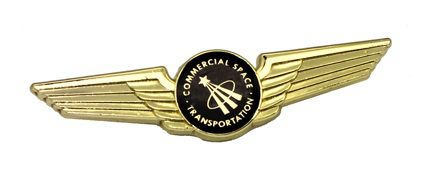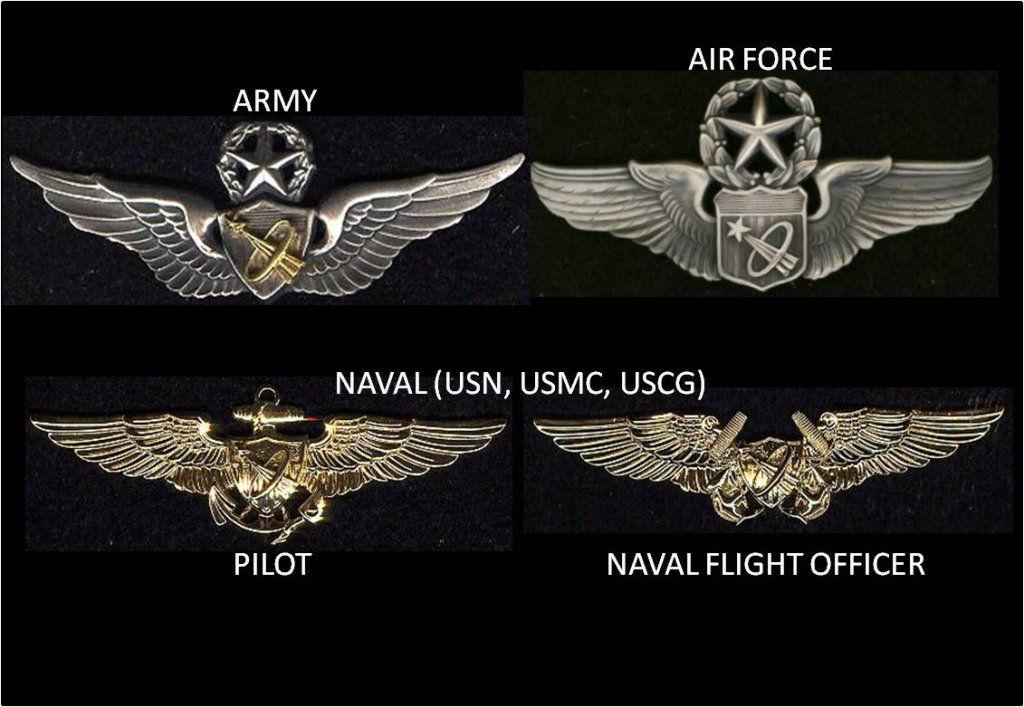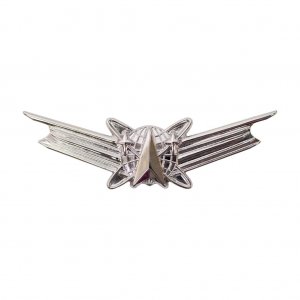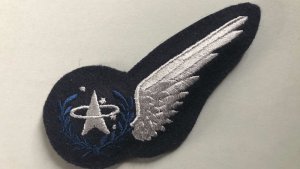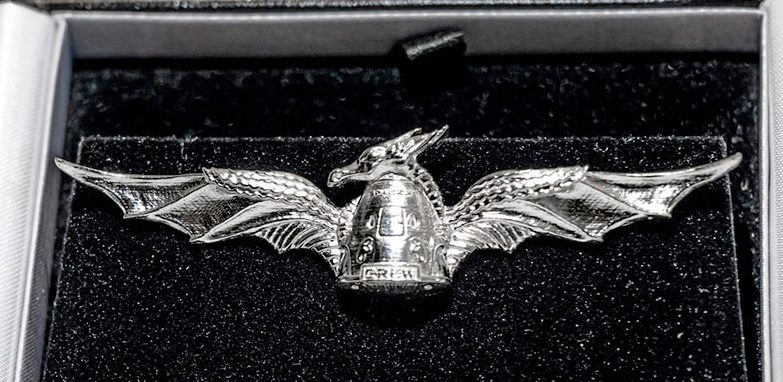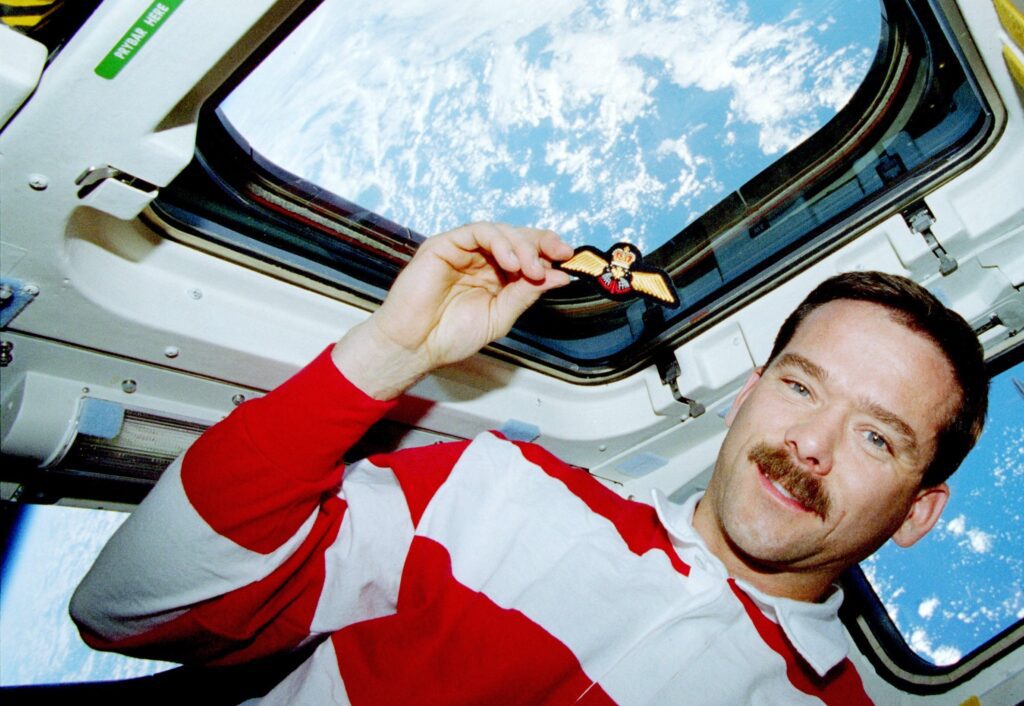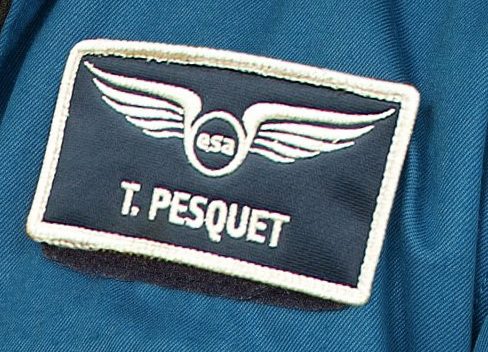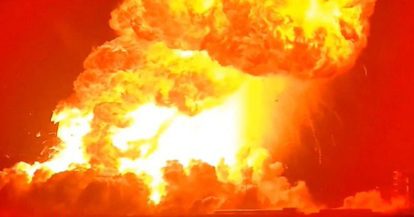The recent decision by the FAA not to award “astronaut wings” to suborbital space tourist “passengers” of Blue Origin and Virgin Galactic commercial astronaut carrying operations has caused controversy, not least because many would-be astronauts were very attracted by this “badge of honour” as the proof of their spaceflight.
Those FAA wings, which will now only be awarded to actual crew rather than passengers are a very recent design. But astronaut wings have been around since the early 1960s – albeit originally as modifications to US Air Force, US Navy/Marines and US Army designs – and which were awarded for breaching an altitude of 50 miles (80 km). The US Air Force modified its dull silver bi-winged shield pilot/aircrew design, originally derived from its US Army Air Corps/Force predecessor, by adding a new on-shield symbol to its list of others to indicate flying specialist roles e.g. observers, navigators, flight engineers, bombardiers, aerial gunners etc. In the astronauts’ case, this badge modification was a shooting star through a hoop symbol – a sign which is also used for a NASA awarded jacket lapel pin available to all military and civilian astronauts.
And just like the aircraft flyers, the addition of an extra star or a star with laurel above the shield would indicate the seniority of the astronauts concerned. The US Army, US Navy and Marines did similar albeit with the latter pair using the anchor top to indicate seniority.
NASA followed the services by producing its own “civilian” astronaut wings for those who were not “detailed” from the military services. These were normally cloth ones for use on clothing etc.
While this astronaut badge situation had been stable for some time, the creation of the new US Space Force (and before that the US Air Force space operations section) meant that a new “wings” design was needed, not necessarily for those actually flying to space, but for a service which needed one for its personnel operating spacecraft from the ground. Again, above badge stars (and laurels) can be added for seniority.
Meanwhile, the UK armed services (Royal Navy, Royal Air Force (RAF), Army) have had to finally follow suit. They have normally eschewed silver or gold metal wing designs – well except as “sweetheart” badges for their loves or as motifs on their cigarette cases etc – preferring instead just a cloth one for their uniforms. Thus, with the creation of a new tri-service UK Space Command, the UK armed services have decided to create a single wing cloth badge for its space operatives, similar to the single wing ones used for non-pilot aircrew.
By the way, unlike the USA, the UK military has usually kept double wing badges just for pilots, parachutists, and recently drone UAV controllers. Oh yes, and the Royal Navy’s flying observers. As it is, this single wing badge does mark a departure from tradition, given that these specialists will not be flying anything or on anything and will be mainly ground station-based.
RAF and British Army personnel usually put both double wing badges and single wing brevets on their uniform’s left breast. Apart from a brief foray there by an extra pair of gold coloured metal “wings” on Royal Naval Air Service pilots’ and observers’ secondary khaki uniforms during World War One, the Royal Navy’s Fleet Air Arm officers and ratings normally put their pilot and observer (now upward pointing) wings on their lower left sleeves of their No 1 Dress tunic – just above their rank insignia/rings etc. That said, increasingly Fleet Air Arm pilot wings (nowadays cloth) badges are worn on the left breast of flight suits. They may even one day move their on the Royal Navy No 1 Dress blazer/tunic much the same way that submarine service’s gilt metal dolphin pair appear.
Update on 4 October 2021: To avoid having to use wings from an external authority, SpaceX has wisely decided to award its own “Dragon wings” pin badge to those – civilians or military – travelling on its Crew Dragon spacecraft. And it looks a better badge than some.
So which “wings” design is the most beautiful? Well the US Air Force probably has the nicest wings in terms of aesthetic design (pretty much copied by NASA for its badge), but its very dull silver did, for a long time, count against the US Air Force type. Nevertheless, since the early 1990s they have had a more shiny silver sheen which has helped match the dazzling – perhaps too dazzling – gold colour of the US Navy’s ones. The wings of the US Army’s astronaut badge are the right brightness, but their upward angle make them look more suitable for angels and are thus not really the ticket, but at least it is better that the very strange looking wings badge of the new US Space Force. Not only do these not look like wings at all – actually they look more like roof guttering – it also has let the Star Trek fans have their way with its purloined arrowhead symbol (which, by the way, the UK military has also copied). All the US Space Force needs to do now is to borrow astronaut Buzz Lightyear’s entreaty “To Infinity and Beyond”, and its cheesiness will be complete.
At least the British RAF has the apt motto “Per Ardua Ad Astra” (“Through adversity to the stars”) already in its kit bag.
Of course, when it comes to “space age” good looks, the winner of all the “wings” badges is not even a space one at all. The 1930s art deco style of the World War II badge for US Army Air Corps/Force aerial gunners look the kind of thing that fictional space heroes Flash Gordon or Buck Rodgers would have been proud to have worn.
Post Script: Both the European Space Agency (ESA) and the Canadian Space Agency – well actually the Royal Canadian Air Force, have astronaut wings.

